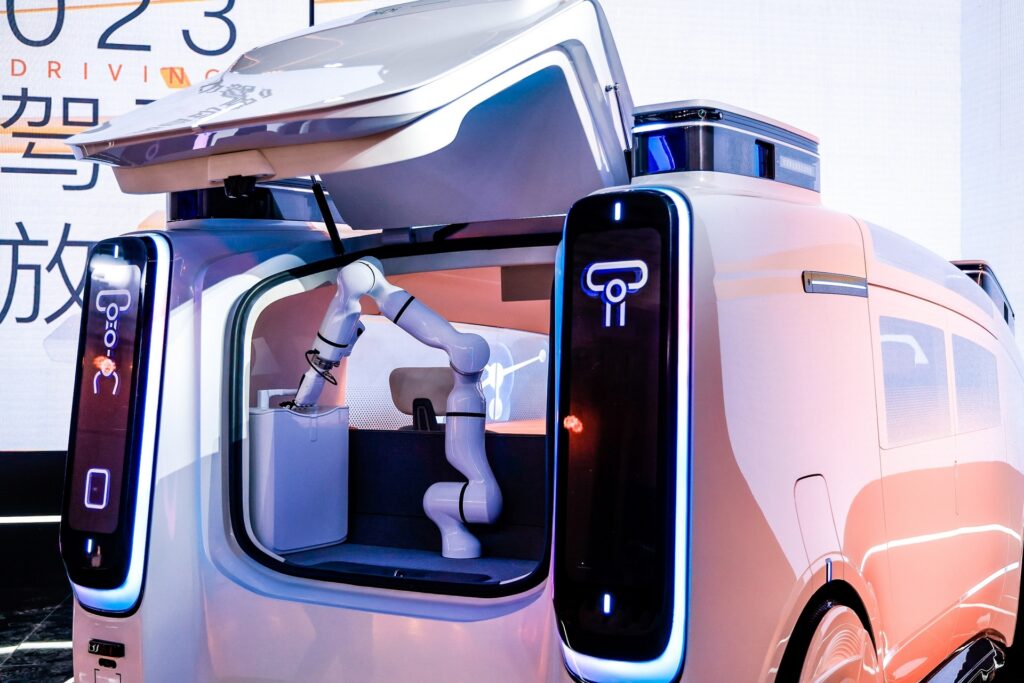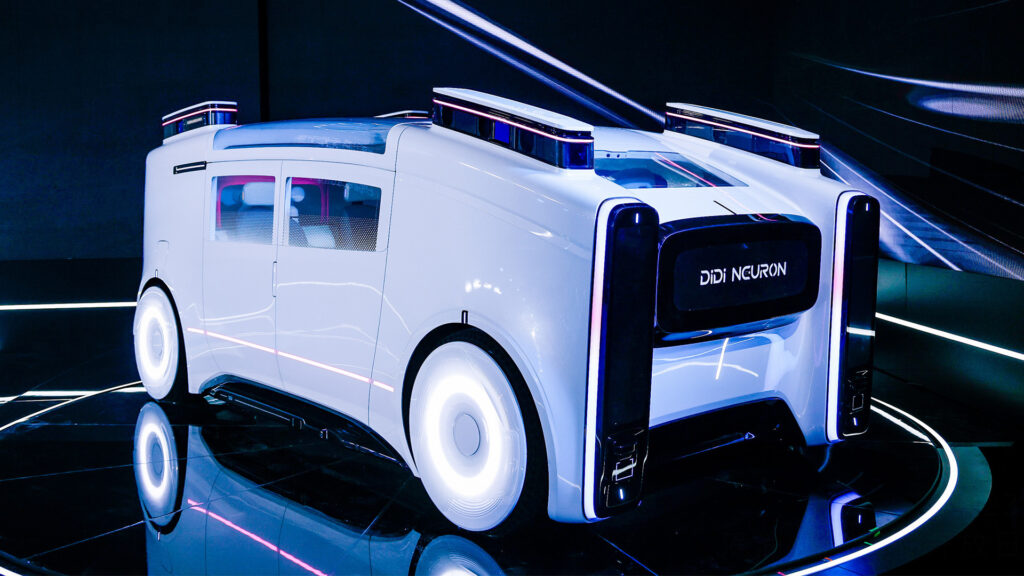Ride-hailing juggernaut Didi aims to introduce robotaxis into its fleet by 2025 and recently previewed a concept robotaxi at its Shanghai Autonomous Driving Day.
Didi, which currently operates in 16 markets and has over 550 million users, has announced that it will work with New Energy Vehicle (NEV) manufacturers in China on vehicle platform selection, interior and intelligent driving system development as it gears up to introduce its first mass-produced electric robotaxi within the next 2 years.
“We hope they can enter Didi’s network and provide services by 2025,” Didi Autonomous Driving chief operating officer Meng Xing told Reuters. “We hope they will be domestically produced. We hope the supply chain is controllable, and even 90% of the key components inside can be domestically produced.”
Read: Toyota Invests $600 Million In Joint Venture With China’s DiDi

The Didi Automotive Driving division already has a fleet of more than 200 robotaxis that have been operating in certain areas of Shanghai since 2020. Earlier this year, the company launched the first 24-hour, non-stop robotaxi service in China and also operates an automated operation and maintenance center at Huiju Port.
Presented at the company event was a preview of what the company’s future robotaxis could look like. Dubbed Didi Neuron, the unique vehicle lacks traditional driving controls and a driver’s seat in favor of a large compartment just for passengers. It even features a robotic arm in the trunk that could be used to pick up luggage, retrieve items from throughout the cabin, and even to wake passengers up.
During the event, Didi also announced that it has developed a new 2K resolution high-precision LiDAR with Chinese technology company Benewake. It also released a new mass-produced three-domain fusion computing platform dubbed Orca. This new platform takes up 74% less interior space than before, has 61% fewer core components, and the number of wire harnesses has been reduced by 33%.






